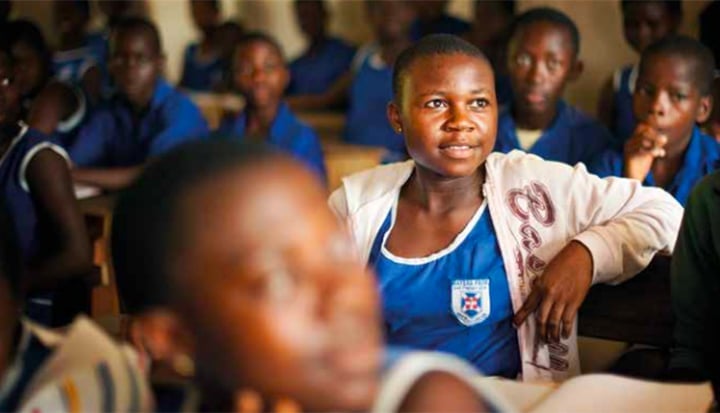The expansion of choices available to low-income families seeking primary education for their children has been one of the striking changes seen along the uneven path towards quality Education for all. The abolition of tuition fees in government schools in many countries over the past twenty years has often been accompanied by overcrowded classrooms and static or declining education quality. As parents seek alternatives, this period has also seen a dramatic increase in the number of children enrolled in low-cost private schools. In developing countries, private schools now account for around a fifth of primary school pupils, up from a tenth two decades ago. That is a much larger share of primary-school pupils than in rich countries.
Across every dimension of their lives, poor families make investments for the future. They manage uneven income and other risks, while seeking ways to improve their family’s living standards, often investing today’s potential spending in the search for a better future. This is true in farming choices, in migration and employment decisions – and in education. Millions of low-income families are choosing to pay for a low-cost private education because they see it as offering a better life for their children. For them, it is worth the difficulty of finding the fees. They know there are frequently hidden costs in a ‘free’ government education – both in the charges for textbooks, uniforms or exams, and in the time wasted if their children attend one of the lower quality government schools where little is learned. 
People from every ideological standpoint celebrate the exercise by poor families of their freedom to choose what they value, based on their knowledge of their own circumstances. Because of such choices, low cost private schools are making a growing contribution to the education of children from poor families. The guide we are publishing today focuses on what can be done to help improve that contribution, putting in place the conditions under which low cost private schools can equitably and sustainably deliver better outcomes for poor communities. We suggest it is possible to do so in ways that will further strengthen national education systems as a whole.
The guide is written primarily for potential investors in low-cost private education. Investors can bring much-needed new resources and also have some influence, both with education providers and regulators. The guide identifies the potential roles of investors in supporting a variety of potentially scalable solutions, ranging from direct investment in chains of schools through to strengthening systems for information that can drive new forms of accountability.
The guide seeks to offer investors an overview of approaches that appear promising in strengthening both quality and inclusiveness of primary schools funded by low fees. It concludes with a checklist of some critical questions investors should explore as they seek to support quality education for low income students:
- Are schools attractive for parents to send girls to study? Parents particularly care about safety, proximity to communities, decent sanitation, and having women teachers and principals.
- Is the school payment system affordable and tailored to low income households’ realities? Daily all-inclusive fee-payment systems can help families manage with irregular incomes. Financial sustainability considerations for the school may be in tension with this, so the model needs to be developed carefully.
- Do schools offer ongoing good quality teacher training? Teacher training needs to be individualised, regularly repeated, and focused on what makes the greatest difference to children’s school experience and outcomes.
- Are teachers able to adapt the curriculum in ways that improve learning outcomes? A journey towards adaptability within centralised, standardised systems can enable teaching tailored to student learning levels, for example by equipping teachers, over time, to go beyond the initial quality floor offered by a lesson script.
- Is information on schools’ quality available alongside effective accountability mechanisms? Investors may be able to support efforts to increase the availability of independent information on school quality, and communities’ engagement with accountability mechanisms.
- Are regulations focused on learning outcomes and avoiding unintended consequences? Promoting regulation based on outcomes for children can transform the educational experience of children from low-income families in both public and private schools.
The aim of the guide is to enable investors to direct their resources and influence towards proven solutions that strengthen quality in education and address the particular challenges of inclusivity that arise from a fee-based model. We hope you find it useful, and would welcome your comments.









